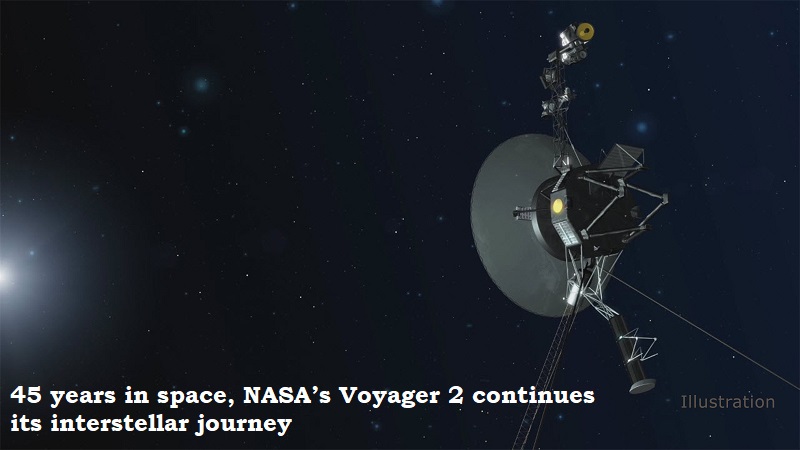
Over 45 years ago, NASA’s Voyager 2 spacecraft blasted off from Earth on a journey to the outer planets and beyond. The journey is still ongoing right now.
The mission’s first of two spacecraft, Voyager 2, was launched on August 20, 1977. It needed a special planetary alignment to use the gravitational pull of one planet to propel itself to another.
While the original Voyager mission was only able to explore Jupiter and Saturn, Voyager 2 continued the Voyager project’s research of Uranus and Neptune. The same year, on September 5, Voyager 1 was sent into orbit.
When mission designers at NASA’s Jet Propulsion Laboratory realised that the next alignment of the outer planets, a rare occurrence that only happens once every 175 years, would take place in the late 1970s, they began planning the Voyager mission.
Technology at the time allowed for the utilisation of this alignment to send a spacecraft via Jupiter, utilise Saturn’s gravity to visit Saturn and then repeat the process to send another spacecraft by Uranus, Neptune, and Pluto.
Launch Complex 21 at the Cape Canaveral Space Force Station (formerly the Cape Canaveral Air Force Station) in Florida served as the launch pad for Voyager 2, the first spacecraft to orbit the planet. Voyager 1 was launched two weeks after Voyager 2, but because to a faster trajectory, it arrived at Jupiter four months earlier than Voyager 2.
NASA engineers began preparing more than 45 years ago for the potential that an extraterrestrial civilization could discover the spacecraft. Similar to Voyager 1, Voyager 2 is equipped with a gold-plated record that holds data about Earth as well as recordings of sounds, music, and greetings in 55 different languages. The record’s playback instructions were also added by the engineers.

Post Your Comments